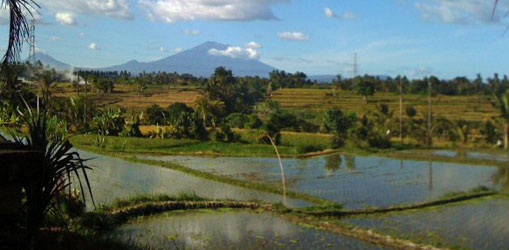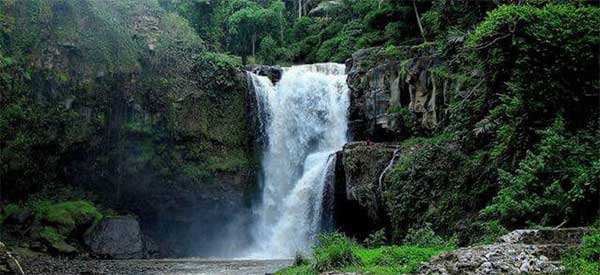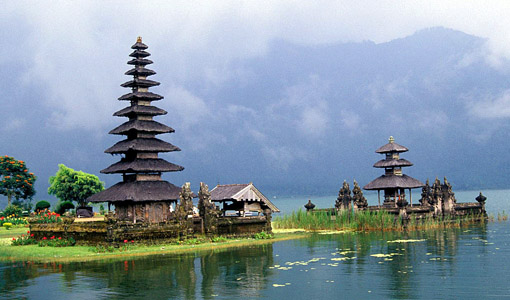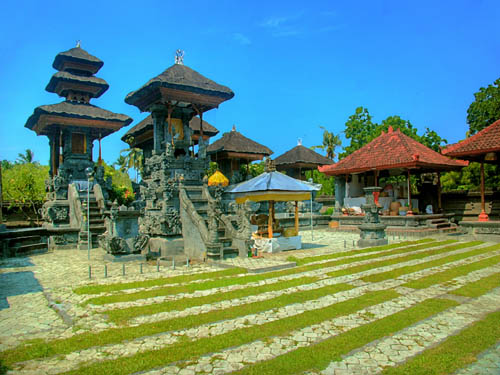Mount Agung is the highest mountain on the island of Bali, its around 3.124 meters. It dominates the surrounding area influencing the climate. The clouds come from the west and Agung takes their water so that the west is lush and green and the east dry and barren. The Balinese believe that Mount Agung is a replica of Mount Meru, the central axis of the universe. One legend holds that the mountain is a fragment of Meru brought to Bali by the first Hindus. The most important temple on Bali, Besakih Temple, is located high on the slopes of Mount Agung. Mount Agung last erupted in 1963-64 and is still active, with a large and very deep crater which occasionally belches smoke and ash. From a distance, the mountain appears to be perfectly conical, despite the existence of the large crater. From the peak of the mountain, it is possible to see the peak of Mount Rinjani on the island of Lombok, although both mountains are frequently covered in clouds.
Mount Agung Eruption in 1963-1964
On February 18th, 1963, local residents heard loud explosions and saw clouds rising from the crater of Mount Agung. On February 24, lava began flowing down the northern slope of the mountain, eventually traveling 7 km in the next 20 days. On March 17, the volcano erupted, sending debris 8–10 km into the air and generating massive pyroclastic flows. These flows devastated numerous villages, killing approximately 1500 people. Cold lahars caused by heavy rainfall after the eruption killed an additional 200. A second eruption on May 16 led to pyroclastic flows which killed another 200 inhabitants. The lava flows missed, sometimes by mere yards, the Mother Temple of Besakih. The saving of the temple is regarded by the Balinese people as miraculous and a signal from the gods that they wished to demonstrate their power but not destroy the monument the Balinese faithful had erected.
How to get to Mount Agung :
1. 40 minutes from Karangasem
2. 2 ½ hours from Denpasar
3. 20 minutes from Beasakih Temple
What you can see around Mount Agung :
1. Besakih Temple built on a terraced site where prehistoric rites, ceremonies, and feasts once took place. Perhaps it was here where the spirit of the great, angry mountain, which loomed menacingly above the island, received pagan sacrifices. Certain timeworn megaliths in some of the bale are reminiscent of old Indo-Polynesian structures.
2. Telaga Waja River, flows below Bali’s highest peak, Mt. Agung, an active volcano that last erupted in the 1960s. Many Balinese regard the mountain as sacred—which lends a unique touch to Telaga Waja River rafting trips—and you might even see ash or smoke rising from Agung.
3. Tenganan Pegeringsingan, As an ancient village, Tenganan Pegeringsingan is identical with religious activities. Many temple festivals performed in this village that attract visitors to come. The most famous one is “Mekare-kare” or “Perang Pandan”. This is a ceremonial fight or war using thorny pandanous leaves as the weapon.
4. Candidasa, is well known for its shiny white sand. Tourism industry flourishes significantly in this area that background by the Indonesian Ocean. From this place, we will see Lombok Island and Nusa Penida in a distance and the sparkling light of “Jukung” or traditional boat at night that will always draw us to come again.






